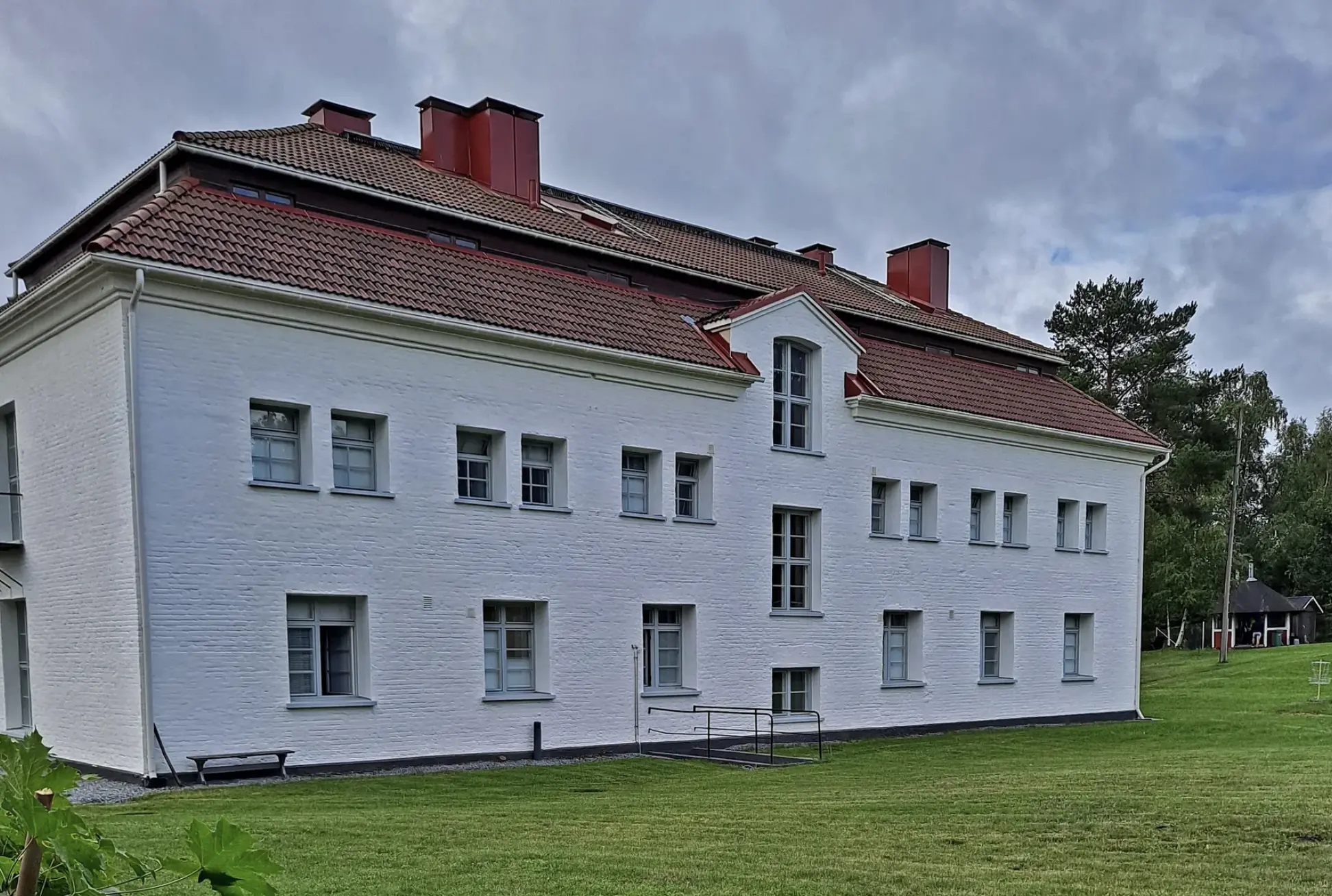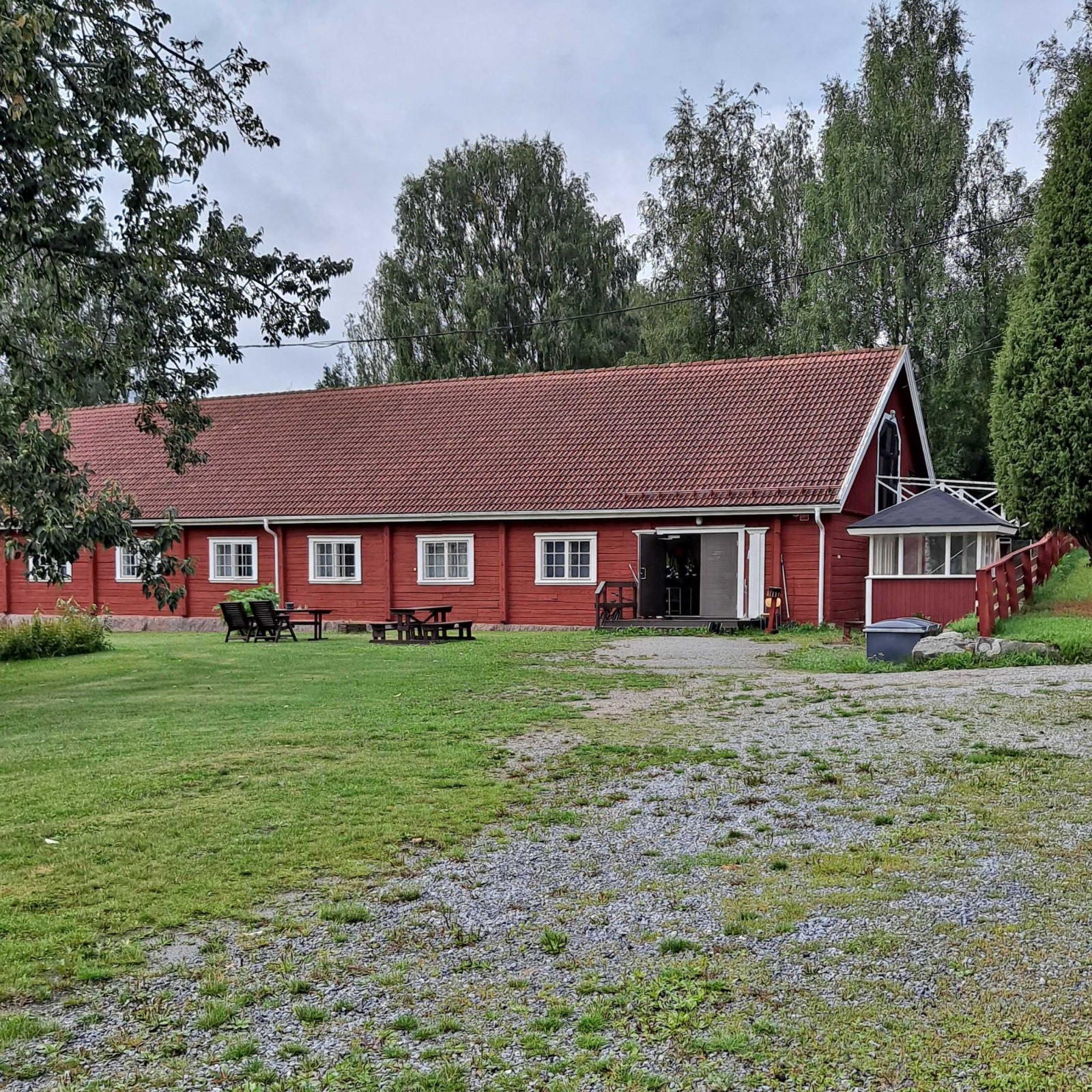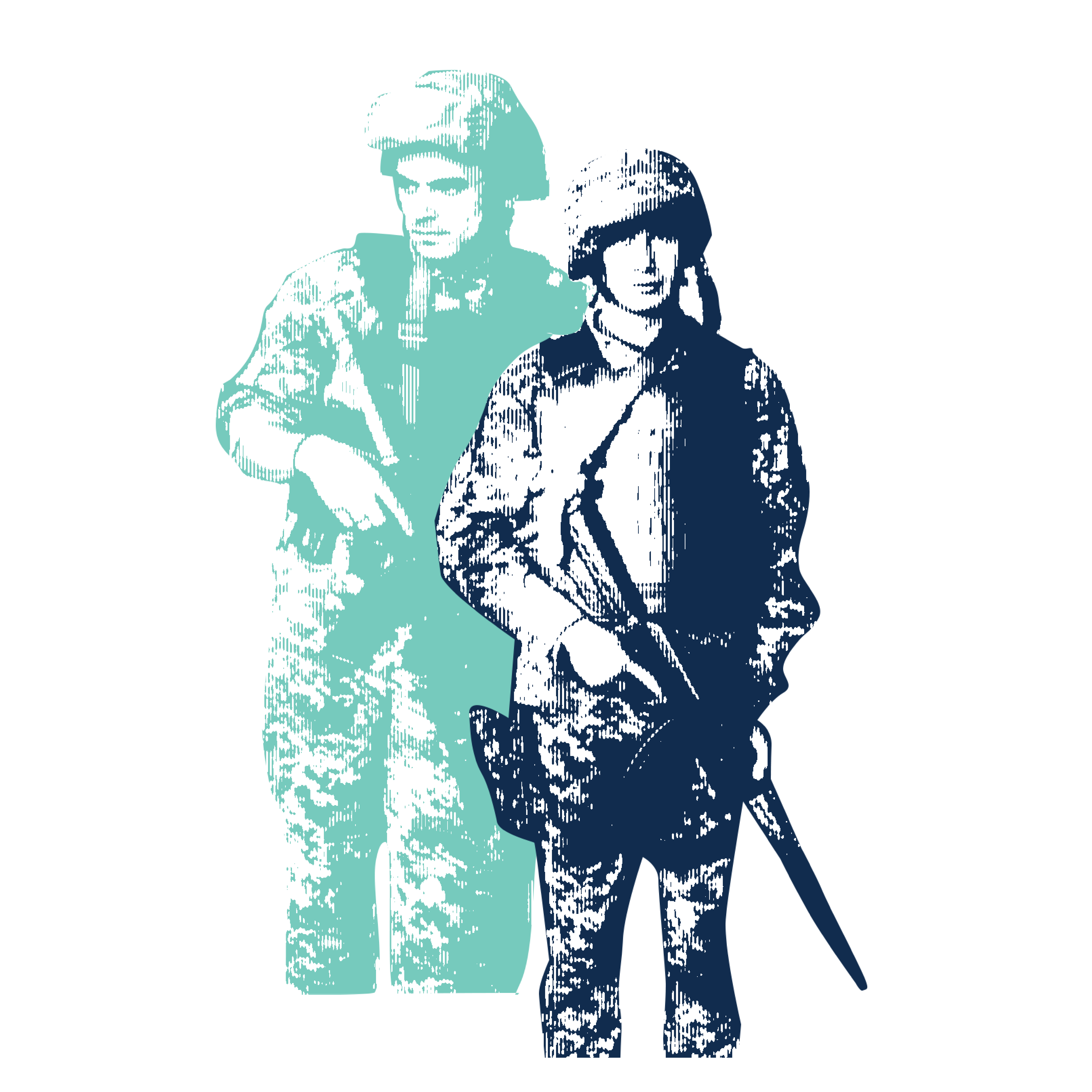
I can’t remember when I first heard about open prisons in Finland, but I was immediately intrigued that a criminal justice system allowed inmates to leave daily for work or school. And I wondered how to connect that to Chicago, which lies at the center of the prison abolition movement in the United States.
Prison abolitionists imagine a society that does not put people in cages at all, arguing that prisons in the U.S. can’t be reformed and that the whole system should be dismantled. By definition, open prisons are not abolitionist, but they are reimagining imprisonment. One-third of Finland’s prisons operate as open.
In my travels to Finland to report on open prisons, I learned the model is seen as successful because it hasn’t led to a rise in crime. Rehabilitation is the philosophy.
Hämeenlinna, a town in southern Finland and an hour train ride away from Helsinki, is home to Vanaja men’s prison.

As a nonprofit journalism organization, we depend on your support to fund more than 170 reporting projects every year on critical global and local issues. Donate any amount today to become a Pulitzer Center Champion and receive exclusive benefits!
A former worker’s colony, it became an open prison in the 1990s. Next door is a farm, and one of the prisoners is a caretaker of the sheep. The land is sprawling and green, and the 50 prisoners walk unattended, wearing electronic monitors but no chains. There are no cages and no locks. A white two-story building housing the inmates resembles a dorm or a hostel. The other building is red and ranch-style. I couldn’t go inside because of COVID-19 restrictions.
Open prisons allow inmates to leave for schooling or a job. Wraparound services include a social worker and classes on substance abuse or anger management. Due to its small population, the facility is able to offer the men individual guidance.
Every meal is cooked by inmates and every Friday an unmarked white van ferries them to the grocery store. Prisoners have cell phones and bank accounts. They do their own laundry and can even order takeout pizza.
“We do not want them to be packed together and spend the whole day with us only. We believe that’s not the best idea,” says Kaisa Tammi-Moilanen, the prison director. “And since we are focusing on getting them back to society, we are focusing on releasing them as soon as it’s possible.”
The Finnish penal system doesn’t make a distinction between violent and non-violent crimes the way the U.S. system does when doling out second chances through parole. Open prisons are for those who’ve committed white-collar fraud and homicide. Mika, for example, is serving a life sentence in Vanaja for murder. A life sentence in Finland is 15 years, with parole eligibility after having served 12 years. Mika got transferred to the open prison from a closed one for good behavior and sobriety. He plans to be a gardener once released.
“In Finland, the politicians don’t have that much conversation about criminal policy. And that’s a good thing. God forbid,” prison director Tammi-Moilanen said.
My two biggest takeaways from visiting Finland’s open prisons are: Researchers guide prison policy, and the system used to be less humane.
Based on research, not politics
In the 1800s, Finland — like other countries — believed that solitary confinement would control prisoners through a mix of penance and religion. Overcrowding and harsh conditions remained standard until after World War II.
The effort to humanize the Finnish prison system has been decades in the making, starting first with worker colonies. In the 1970s an important divergence occurred. In the U.S., policymakers scored political points by getting “tough on crime” and declaring a War on Drugs. They cemented excessive punishment into a system that has devastated Black and Brown communities with mass incarceration.
Meanwhile, Finland adopted open prisons and saw its prison population plummet.
“Every piece of legislation, which is drafted on criminal justice, is prepared by civil servants who have a strong research background,” said Tapio Lappi-Seppälä, a professor of criminal law and criminology at the University of Helsinki.
I visited another men’s open prison, a 15-minute boat ride from Helsinki.
Suomenlinna Prison is on the island of the same name. It’s a sea fortress and UNESCO world heritage site that is a popular tourist destination. Most visitors don’t know an open prison exists there, or that the men sentenced there help to maintain it.
The prison buildings at Suomenlinna are the opposite of the hulking, concrete, drab prisons in the U.S. Sleek design is the aesthetic. The blue and gray one-story buildings could be mistaken for a summer motel.
Sinikka Saarela is the prison director and told me these were the winning designs in an architecture contest. “There was a rule or it was said that maybe, one day, [the building] won’t be a prison anymore,” Saarela said.
I told her she sounded like abolitionists in Chicago.




